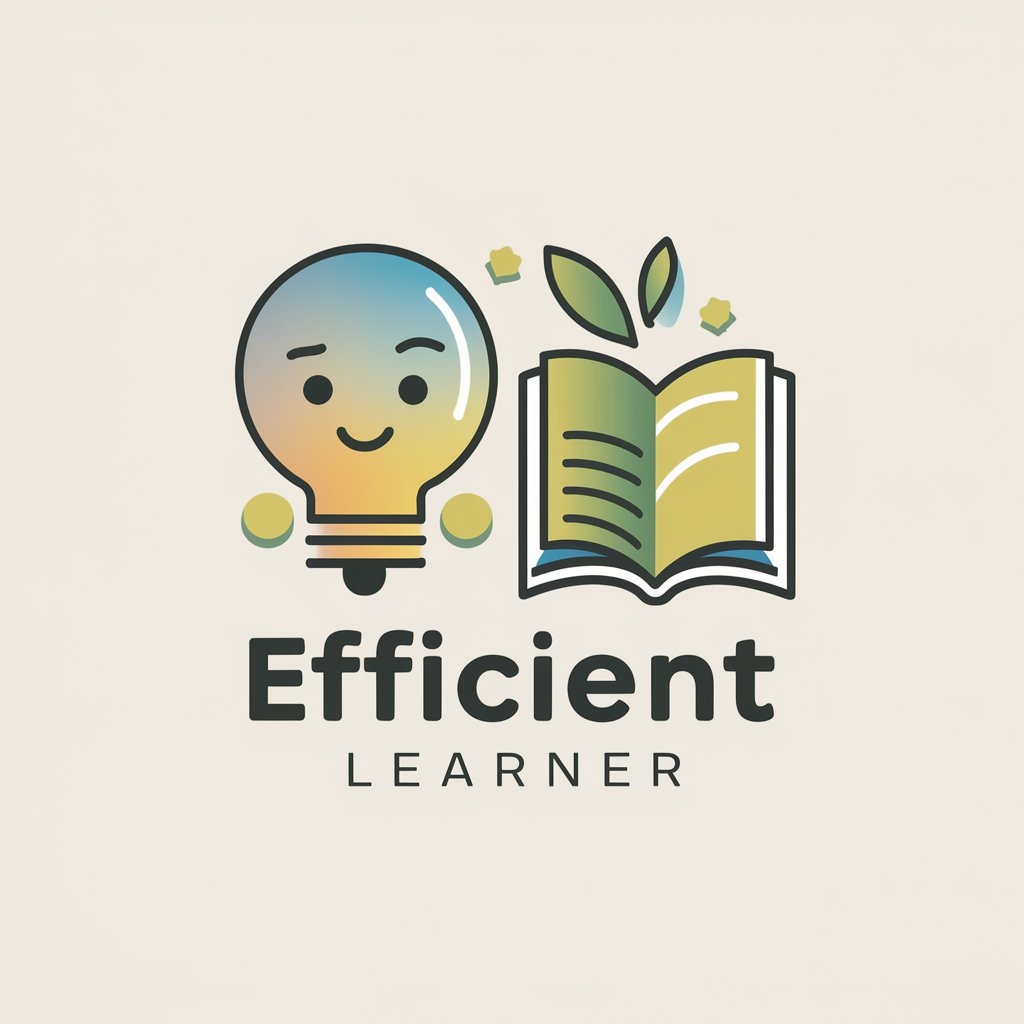Asylum and Refugee Law Tutor - Asylum Law Learning

Welcome! Let's dive into the complexities of Asylum and Refugee Law together.
Empowering Future Legal Minds in Asylum Law
Analyze a hypothetical asylum case where the applicant faces persecution due to political beliefs.
Evaluate the legal principles behind the 1951 Refugee Convention and how they apply to modern cases.
Discuss the challenges of proving 'well-founded fear' in asylum claims with limited evidence.
Examine the role of non-governmental organizations in supporting refugees and influencing asylum policy.
Get Embed Code
Introduction to Asylum and Refugee Law Tutor
Asylum and Refugee Law Tutor is designed to enhance the learning experience for students and professionals interested in asylum and refugee law. This specialized educational tool focuses on providing a comprehensive understanding of the legal frameworks, principles, and procedures governing asylum and refugee status across jurisdictions. Through a series of hypothetical scenarios ranging in complexity, it aims to improve analytical and problem-solving skills. For example, a scenario might involve a person fleeing persecution based on political opinion, requiring users to apply relevant legal principles to determine eligibility for asylum. Powered by ChatGPT-4o。

Main Functions of Asylum and Refugee Law Tutor
Topic Breakdown
Example
Breaking down the 1951 Refugee Convention and its 1967 Protocol into subtopics such as non-refoulement, persecution grounds, and durable solutions.
Scenario
A student is preparing for an exam on international refugee law and uses this function to understand the scope and limitations of the Convention.
Customization of Learning Experience
Example
Allowing users to select scenarios based on their proficiency level—beginner, intermediate, or advanced.
Scenario
An advanced law student chooses complex scenarios involving intersectional claims of persecution to challenge their understanding of asylum law.
Interactive Problem-solving Exercises
Example
Providing a case where an individual is facing persecution due to their membership in a particular social group, with users required to argue for or against the granting of refugee status.
Scenario
A group of law students collaborates to draft a persuasive legal argument based on the principles of refugee law, enhancing their teamwork and legal writing skills.
Feedback and Improvement Mechanism
Example
After submitting their analysis of a hypothetical scenario, users receive scores and detailed feedback on their reasoning and legal applications.
Scenario
A beginner student receives feedback highlighting areas for improvement, such as the application of the non-refoulement principle, encouraging targeted learning.
Ideal Users of Asylum and Refugee Law Tutor Services
Law Students
Undergraduate and law school students who seek to deepen their understanding of asylum and refugee law. They benefit from structured learning, practical exercises, and feedback to prepare for exams and moot court competitions.
Legal Practitioners
New lawyers and practitioners specializing in asylum and refugee matters, looking to refine their argumentation skills and stay updated on legal precedents and international standards.
Academics and Researchers
Individuals conducting research in the field of asylum and refugee law who require a comprehensive and up-to-date resource to explore complex legal issues and theoretical debates.
NGO Workers and Advocates
Staff and volunteers working for NGOs focused on refugee rights who need to understand the legal framework to effectively advocate for and assist refugees and asylum seekers.

How to Use Asylum and Refugee Law Tutor
1
Start your journey at yeschat.ai to explore the Asylum and Refugee Law Tutor without the need for a login or a subscription to ChatGPT Plus.
2
Select your current proficiency level (Beginner, Intermediate, Advanced) to receive scenarios and questions best suited to your knowledge and skills.
3
Engage with hypothetical cases by submitting your analyses. Use the given facts and apply relevant asylum and refugee law principles to your response.
4
Receive feedback on your submissions, including scores and recommendations for improvement. Reflect on the feedback to enhance your understanding and application of the law.
5
Continue practicing with new scenarios to further refine your skills. Regular use and review of feedback are key for improvement.
Try other advanced and practical GPTs
Canadian Immigration Helper
Guiding Your Canadian Journey with AI

Uchodźca
Empowering your new start with AI

City Guide for Refugees
Empowering Refugees with AI-driven Local Insights

Українська версія
Guiding Your U.S. Refugee Journey

Visa Guide for Germany
Empowering your German visa journey with AI.

GPT Refugiados SaturdaysAI
AI-powered support for refugees worldwide.

SLC Refuge LARP Rules Chatbot
Decipher LARP rules with AI precision

Efficient Organizer
Automate Your Data with AI Precision

Efficient Assistant
Enhancing productivity with AI precision

Efficient Learner
Revolutionizing Learning with AI

予安专属
Empowering Creativity with AI

最终幻想
Bring Stories to Life with AI

Frequently Asked Questions about Asylum and Refugee Law Tutor
What is the Asylum and Refugee Law Tutor?
It's an AI-powered learning tool designed to enhance law students' knowledge and skills in asylum and refugee law through interactive, scenario-based exercises.
Who can benefit from using this tutor?
Law students at all levels, from undergraduates to those in law school, seeking to improve their asylum and refugee law understanding, as well as practitioners looking for a refresher.
Can I get feedback on my case analyses?
Yes, after submitting your analysis of a hypothetical case, you'll receive detailed feedback, including scores and suggestions for improvement.
How does selecting a proficiency level affect my experience?
Selecting your proficiency level tailors the scenarios you receive, ensuring they match your current knowledge and challenge your skills appropriately.
Are there any prerequisites for using this tool?
No specific prerequisites are required, but a basic understanding of legal principles and terminology will help you get the most out of the Asylum and Refugee Law Tutor.
